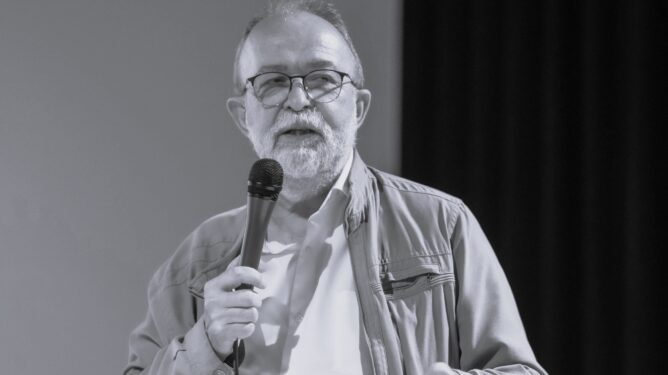Jim Walker : La marche est-elle la première des mobilités urbaines ?
When designing transportation structures, we must not neglect their visual impact. Concerned about the potential degradation of their living environment, residents of these regions often tend to oppose the construction of new transportation infrastructure.
The visual effects of transportation infrastructure should be studied through the lens of historical, geographical and social perceptions. From a budgetary perspective, it is essential to consider landscape in transport planning.
The very design of transportation infrastructure must establish a dialogue with these historical, geographical and social dynamics. To adapt to the physical environment, all aspects of these infrastructures — such as their layout, profile and engineering structures — must draw on natural elements, including topography, hydrography and vegetation. The Millau Viaduct provides a striking example of this dialogue. In doing so, we can not only avoid altering existing landscapes, but also boost approval from local populations.
As dynamic elements in urban and rural environments alike, landscapes can also be reshaped and redefined when transport structures pass through them. These structures provide an opportunity to create new landscapes. This is the case of the "1% landscape" policy instituted thirty years ago for new freeways and expressways.
By emphasizing landscape in transportation projects, we can strike a balance between environmental effects and the need to build new infrastructure to improve mobility, specifically carbon-free mobility. We must consider the overall elements of these transportation projects to design structures that enhance landscapes and prove to be assets for the harmonious growth of our regions.
 Jean Pierre ThibaultDirector of the French section of the International Council on Monuments and Sites (ICOMOS)Find out more
Jean Pierre ThibaultDirector of the French section of the International Council on Monuments and Sites (ICOMOS)Find out more
